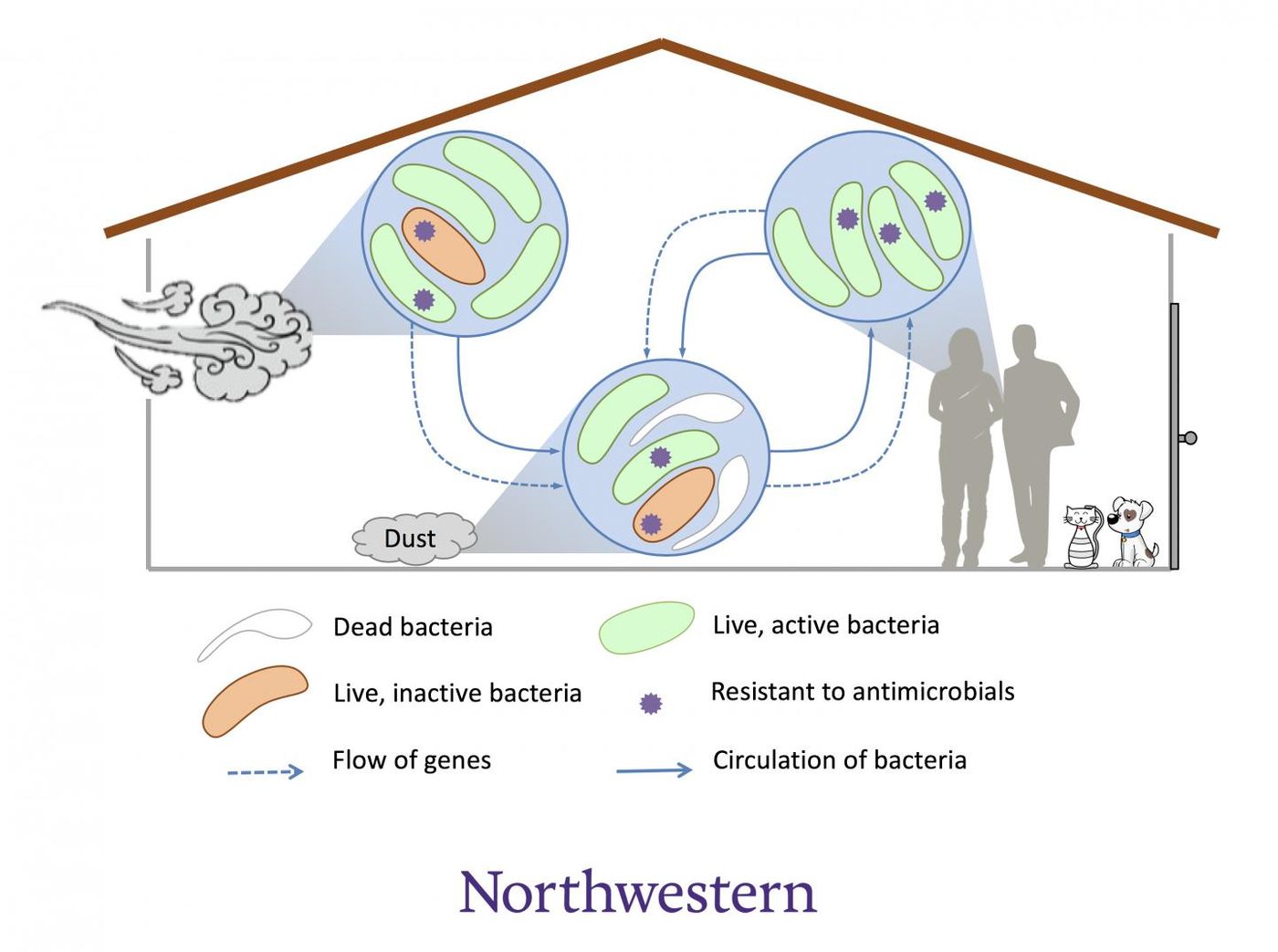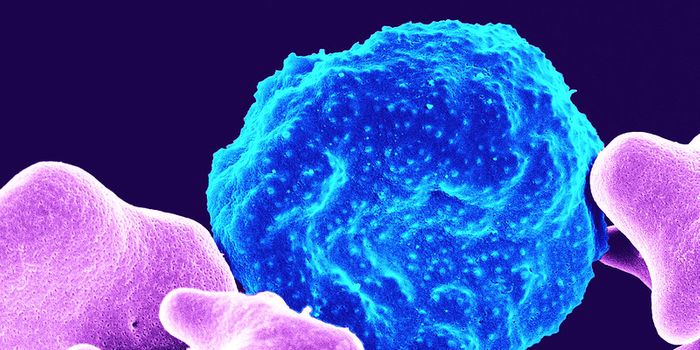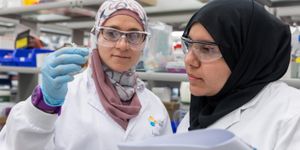Microbes in Household Dust May Be Spreading Antibiotic Resistance
Bacteria can live in the dust that builds up in everyone's home, and sometimes a few of those microbes are pathogenic or carry genes that confer resistance to antibiotics. Bacteria have ways to easily share genes with one another, so they can easily evolve, and quickly. Research by scientists at Northwestern University has suggested that while most bacteria in the home pose no threat, it may be possible for microbes in household dust to spread antibiotic-resistance genes to bacterial pathogens. That change makes the pathogens far more dangerous if they go on to infect someone. The work has been reported in PLOS Pathogens.
"This evidence, in and of itself, doesn't mean that antibiotic resistance is getting worse," said study leader Erica Hartmann, an assistant professor of environmental engineering at Northwestern University's McCormick School of Engineering. "It's just one more risk factor. It's one more thing that we need to be careful about."
In horizontal gene transfer, a bacterium can share a bit of its genetic material with a neighboring microbe. Genes can spread though a microbial community this way, and antibiotic resistance can easily be shared in this manner, as long as the resistance is due to a gene that sits on a mobile element, which can be transferred. Microbes in dust were shown to carry antibiotic resistance genes that are mobile.
"We observed living bacteria have transferrable antibiotic resistance genes," Hartmann said. "People thought this might be the case, but no one had actually shown that microbes in dust contain these transferrable genes."
While dust contains many microorganisms, it doesn't typically contain infectious pathogens. These dangerous microbes can, however, hitch a ride into homes and take up residence in dust, where they would come into contact with other microorganisms.
"A nonpathogen can use horizontal gene transfer to give antibiotic resistance genes to a pathogen," Hartmann explained. "Then the pathogen becomes antibiotic-resistant."
An indoor environment may actually encourage bacteria to share genes; the dry and cold household might not provide enough food for microbes and may contain cleansers or antimicrobial chemicals. This stress promotes gene-sharing among bacteria. Hartmann suggested using a damp cloth to dust the home instead of antibacterials.
"Microbes share genes when they get stressed out," Hartmann said. "They aren't equipped to handle the stress, so they share genetic elements with a microbe that might be better equipped."
Sources: Phys.org via Northwestern University, PLOS Pathogens










